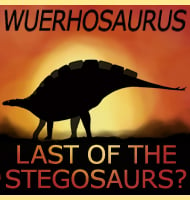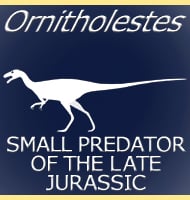Wuerhosaurus
In Depth Wuerhosaurus is currently the latest surviving known member of the stegosaur group. In being so, the temporal range of these kinds of dinosaurs has been significantly extended up to the middle Cretaceous, forty-five million years after their Jurassic heyday. Unfortunately Wuerhosaurus is only represented by partial remains, making accurate reconstruction of this stegosaurid … Read more

